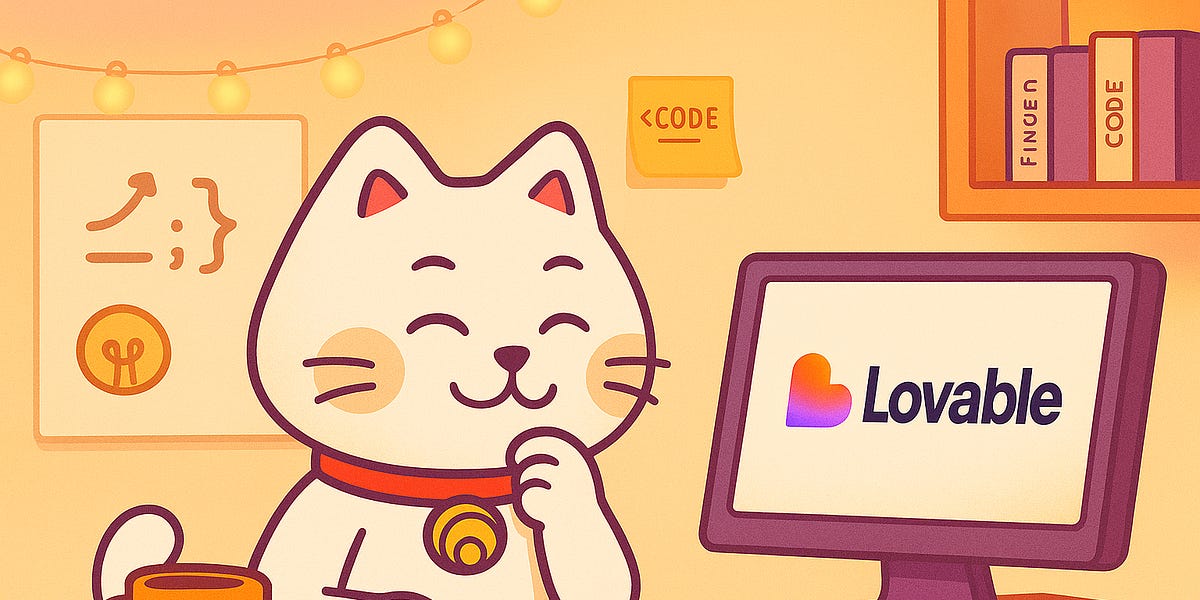I’m new to Substack—this is my first post.
Hey, I’m Matt. I founded Vizzly as a first-time entrepreneur and exited in under three years, selling the company to WPP, the world’s largest advertising organization. A few months after starting the company, we were accepted into Y-Combinator, and I spent about four months engrossed in San Francisco’s tech hustle culture learning from people much smarter than I. I’m not anti-SF (far from it; I have some incredible memories there), but I didn’t buy into the all-or-nothing mindset of startups.
It’s worth noting that after Demo Day, we set out to raise more than we ended up with—essentially, a failed Seed round. At the time, I saw this as a negative, assuming fundraising was a form of validation (turns out it’s not, by the way).
A year later, I came to realize that this was the best thing to happen to both the company and myself. For starters, it forced us to become very revenue-centric.
Additionally, it opened the door to smaller acquisitions. Because our preference stack (more on this later) was tiny, even a relatively small deal would produce a life-changing outcome for the founding team.
Writing this, I could go in a million directions—and I probably will in future posts, diving into different aspects. For now, I’ll focus on the 'missing middle path.'
On my LinkedIn feed, it feels like there are two dominant narratives in B2B SaaS: the VC path—go big or go home, maybe take a secondary at Series A or B, but push hard no matter what—or the Bootstrapper route—build sustainable value with an asset you own on a shoestring budget, and reap the rewards of cash flow and dividends.
What’s rarely talked about is the third path: raise a small amount—say, less than $1M—while keeping 90%+ of your equity, avoiding board seats, and building for profitability and strong asset value. All without draining your personal finances or spending a decade bootstrapping through revenue.
The reason it’s not more popular is that it’s a founder-centric approach that doesn’t fit the venture capital model, making it a controversial stance. In fact, if you pitched this pathway to a VC, I’m sure they’d ghost you quicker than their last Hinge date.
In short: the top 3% of investments are expected to return the fund and more. So, if you're aiming for a $10M outcome, they won’t be interested. Success and returns often increase with more funding, which is why VCs push for constant fundraising. With a preference stack, they get paid back first, leaving you effectively in debt. This forces you to scale to justify the time and effort needed to generate a meaningful outcome.
For those wondering what a preference stack is, it’s basically the order in which different investors get paid when a startup is sold or liquidated. You might see a headline in TechCrunch saying a startup has sold for $40M. For all you know, they raised $30M, grinded for eight years, and the deal is 10% cash and 90% equity exchange—meaning the founders involved (assume there are two) are basically exchanging overinflated equity that will probably be subject to a four-year vest.
This is obviously a hypothetical and a great outcome based on the probability of a startup's success, but it’s still a pretty modest outcome if you think that’s 12 years of prime life one would have sacrificed (sorry, invested).
I have an incredible amount of admiration for folks on the venture journey – it’s high risk, high reward, as I do for folks who bootstrap and pursue a more unconventional route. The problem with bootstrapping is simple: not everyone can sustain it.
Many bootstrapped B2B SaaS startups were agencies beforehand, such as Mailchimp, Basecamp, Lemlist, etc. I probably don’t need to labor this point too much, but this pathway can also take a really long time to create and drive value.
Of course it’s subjective, but I think the middle path provides the optimal combination of return size, time to return, all with minimal financial risk to the founders involved. For most B2B SaaS businesses, you shouldn’t need more than $1M in capital to get to PMF, find a GTM motion that works (not that it needs to scale), and reach an ARR figure where the revenue multiple for valuation starts to look pretty tasty—enough to offer significant upside even after investors are paid out.
What no VC will tell you is that there’s a window of opportunity — somewhere between Pre-Seed and Series A — where founders can tap into significant upside. This is rarely discussed, and too many companies fail because they raise too much, only to end up with little to nothing in a liquidation event (as described above).
We stumbled into the middle path, and I’m grateful for it.
There are still drawbacks and important factors to consider—particularly how you choose to source your investment. While most VCs may not align with this philosophy, angel investors are generally more open to a 2-3x ROI.
As with everything, there are trade-offs. The key is understanding your values, defining what you want from the journey and the outcome, and knowing what you're willing—and, more importantly, unwilling—to sacrifice along the way. Once you have that clarity, you can make an informed decision about the financing route to pursue.
A middle path exists; you don’t need a moonshot or bootstrapping.
There's a sweet spot between Pre-Seed and Series A.
Know your 'why' and avoid getting drawn into a journey you don’t need.
In future posts—or during caffeine-induced stints of motivation—I’ll dive deeper into topics such as fundraising, M&A, GTM, PMF and a few other needless acronyms.
Stay tuned ✌️









 English (US) ·
English (US) ·